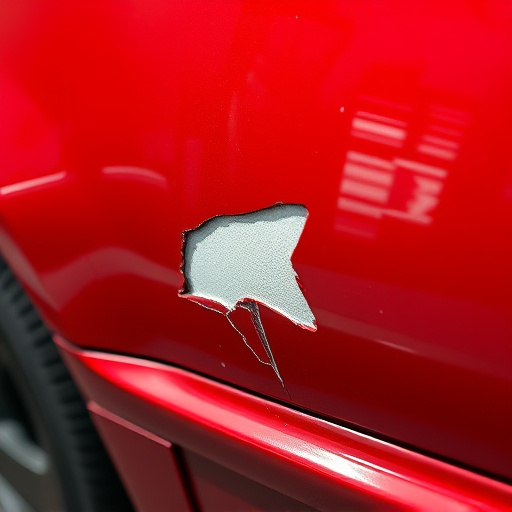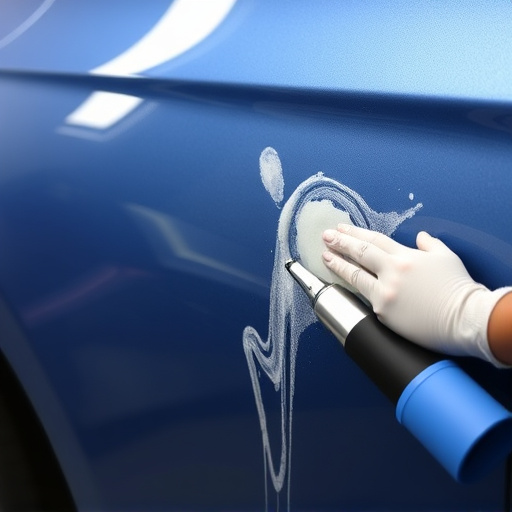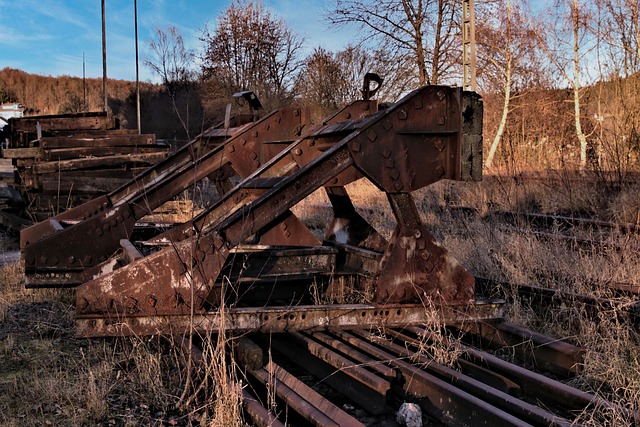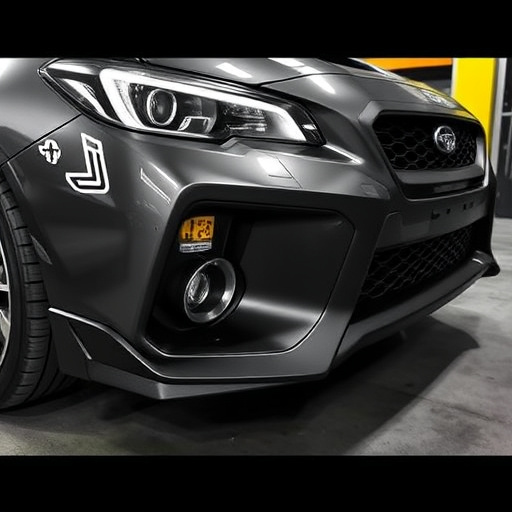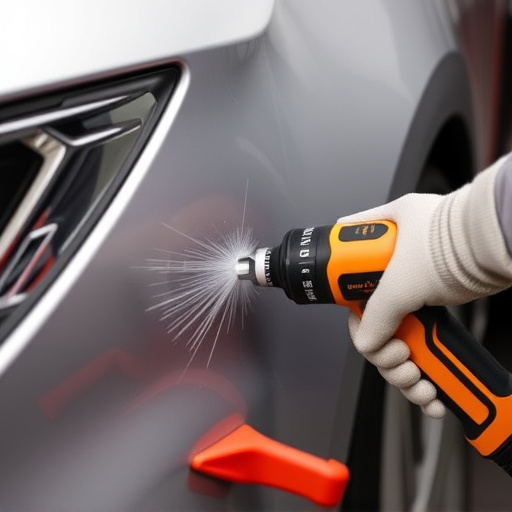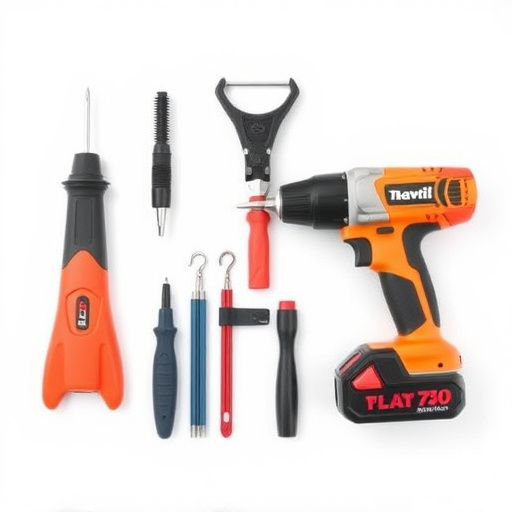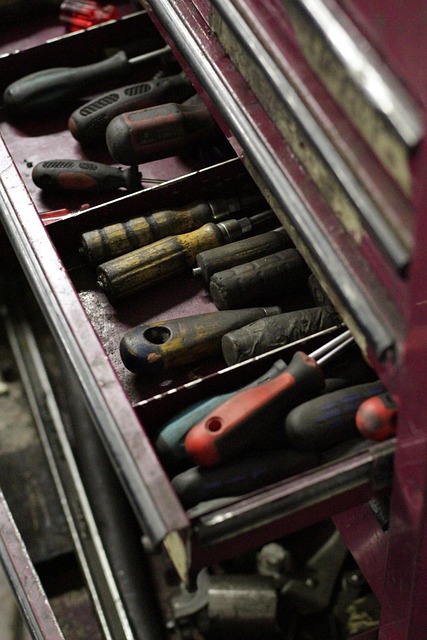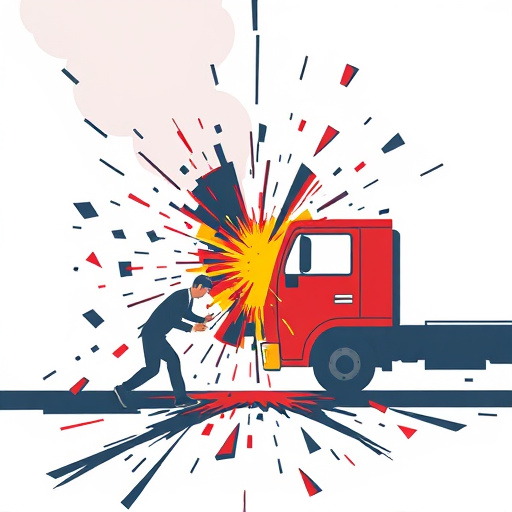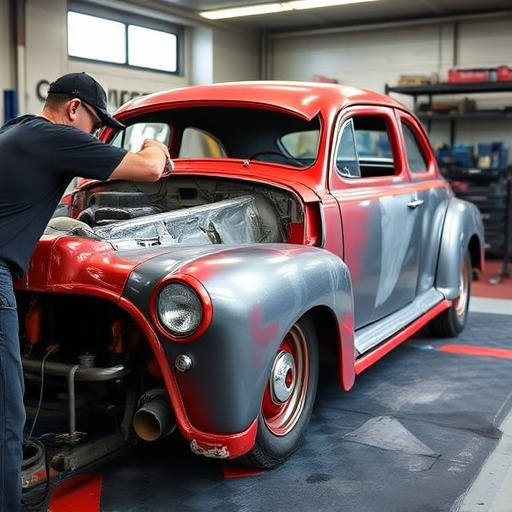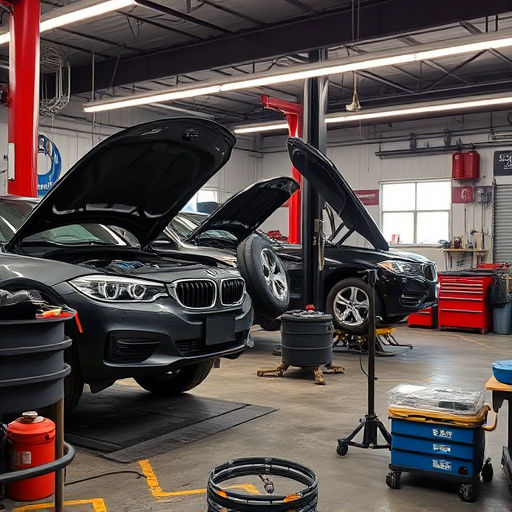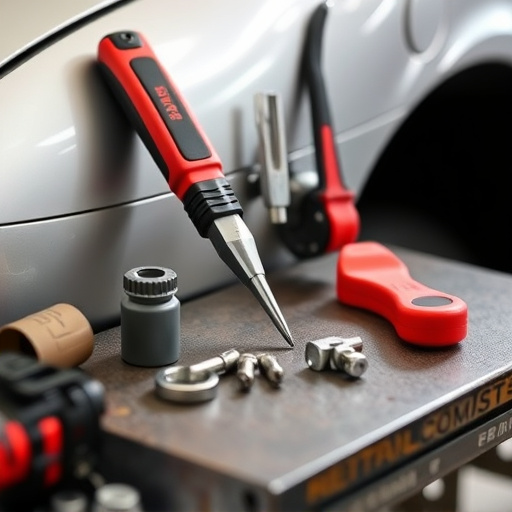The PDR industry is undergoing a technological revolution with advanced tools and equipment that offer precise, efficient, and versatile repairs, minimizing paint disruption and enhancing safety. The integration of Artificial Intelligence (AI) further transforms PDR practices, providing unparalleled precision and efficiency through real-time damage analysis. This transition is driven by the automotive industry's shift towards sustainability, as eco-friendly practices and hydrodynamic techniques reduce environmental impact, making PDR a leading trend in green auto body repair.
The world of Paintless Dent Repair (PDR) is evolving rapidly, driven by technological advancements that promise to transform the automotive industry. From sophisticated tools and equipment to the integration of artificial intelligence, these innovations are revolutionizing precision repair methods. Additionally, sustainable practices are gaining traction within PDR technologies, addressing environmental concerns while delivering high-quality results. This article explores these future trends, shedding light on how they will reshape the landscape of PDR.
- Advancements in PDR Tools and Equipment
- AI Integration for Precision Repair
- Sustainable Practices in PDR Technologies
Advancements in PDR Tools and Equipment
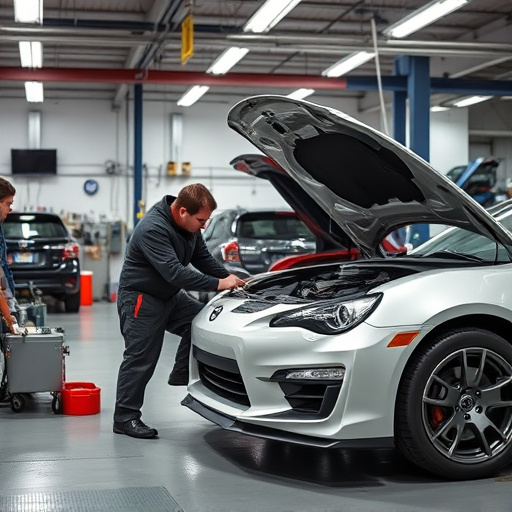
The landscape of PDR (paintless dent repair) is continually evolving, driven by technological innovations that are revolutionizing auto repair services. One notable trend is the development of more sophisticated tools and equipment. These advancements offer car body shops improved precision, efficiency, and versatility in handling various types of dents and damage. Advanced PDR tools now incorporate innovative features such as smart sensors, AI-driven algorithms, and enhanced user interfaces, allowing technicians to accurately assess and repair even complex vehicle denting with remarkable speed and minimal paint disruption.
Such advancements have not only made the process more effective but also safer for both technicians and vehicles. Newer equipment is designed to minimize the risk of further damage during repairs, ensuring that auto repair services meet the highest standards of quality and safety. As PDR technology continues to refine itself, car body shops are better equipped to provide top-notch vehicle repair services, catering to the evolving needs of drivers seeking quick, efficient, and cost-effective solutions for their dented or scratched vehicles.
AI Integration for Precision Repair

The integration of Artificial Intelligence (AI) is poised to revolutionize PDR (paintless dent repair) practices in the automotive body shop industry. AI-driven systems offer unprecedented precision and efficiency, enabling collision repair shops to achieve seamless car body restoration with minimal paint alteration. These advanced technologies leverage machine learning algorithms to analyze complex damage patterns, providing technicians with real-time guidance during the repair process.
By employing AI, PDR professionals can streamline their work, reduce human error, and enhance overall productivity. The technology assists in identifying and categorizing dents accurately, suggesting tailored repair methods for different vehicle surfaces. This level of automation not only benefits the shops but also ensures customers receive high-quality, cost-effective solutions for their damaged vehicles, elevating the standards of collision repair services across the board.
Sustainable Practices in PDR Technologies
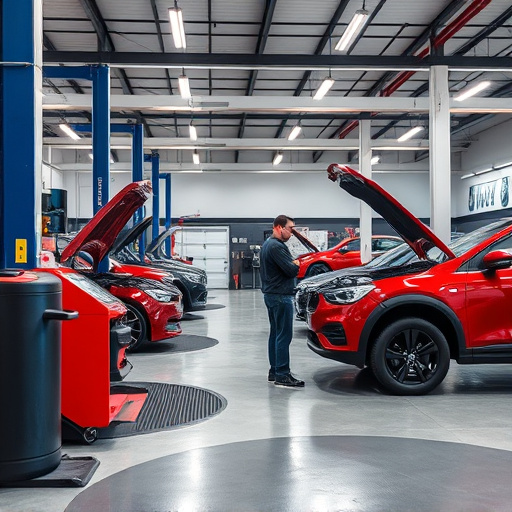
As the automotive industry shifts towards sustainability, PDR (paintless dent repair) technologies are at the forefront of this green revolution. Auto body shops and professionals are increasingly adopting eco-friendly practices in their PDR processes, recognizing the significant environmental impact of traditional auto body services. One notable trend is the integration of biodegradable and non-toxic materials, reducing the carbon footprint associated with conventional repair methods.
These sustainable practices extend beyond the choice of materials. Advanced PDR tools and equipment are being designed with energy efficiency in mind, minimizing electricity consumption. Moreover, the focus on water conservation is prominent, as many modern PDR techniques employ advanced hydrodynamic principles to perform bumper repair without excessive water usage. This shift towards sustainability not only benefits the environment but also appeals to environmentally conscious consumers, positioning PDR as a preferred choice for auto body repair.
As we look towards the future, PDR technologies are poised to revolutionize the automotive industry once again. With continuous advancements in tools and equipment, AI integration for precise repairs, and a growing emphasis on sustainability, the paintless dent repair process is becoming faster, more efficient, and eco-friendly. These trends not only enhance the quality of repairs but also contribute to a greener approach, ensuring that PDR remains a preferred choice for both professionals and vehicle owners alike.
